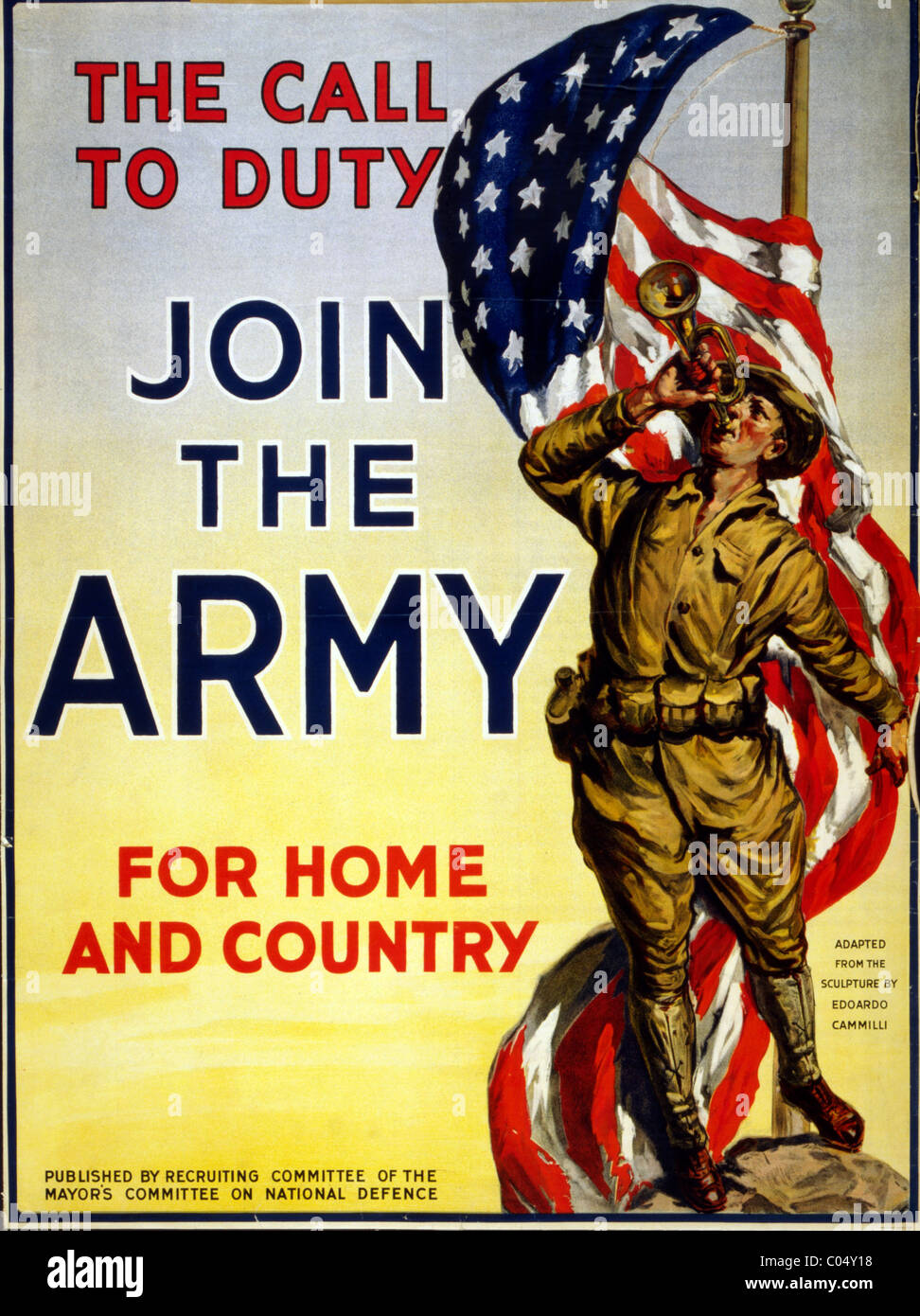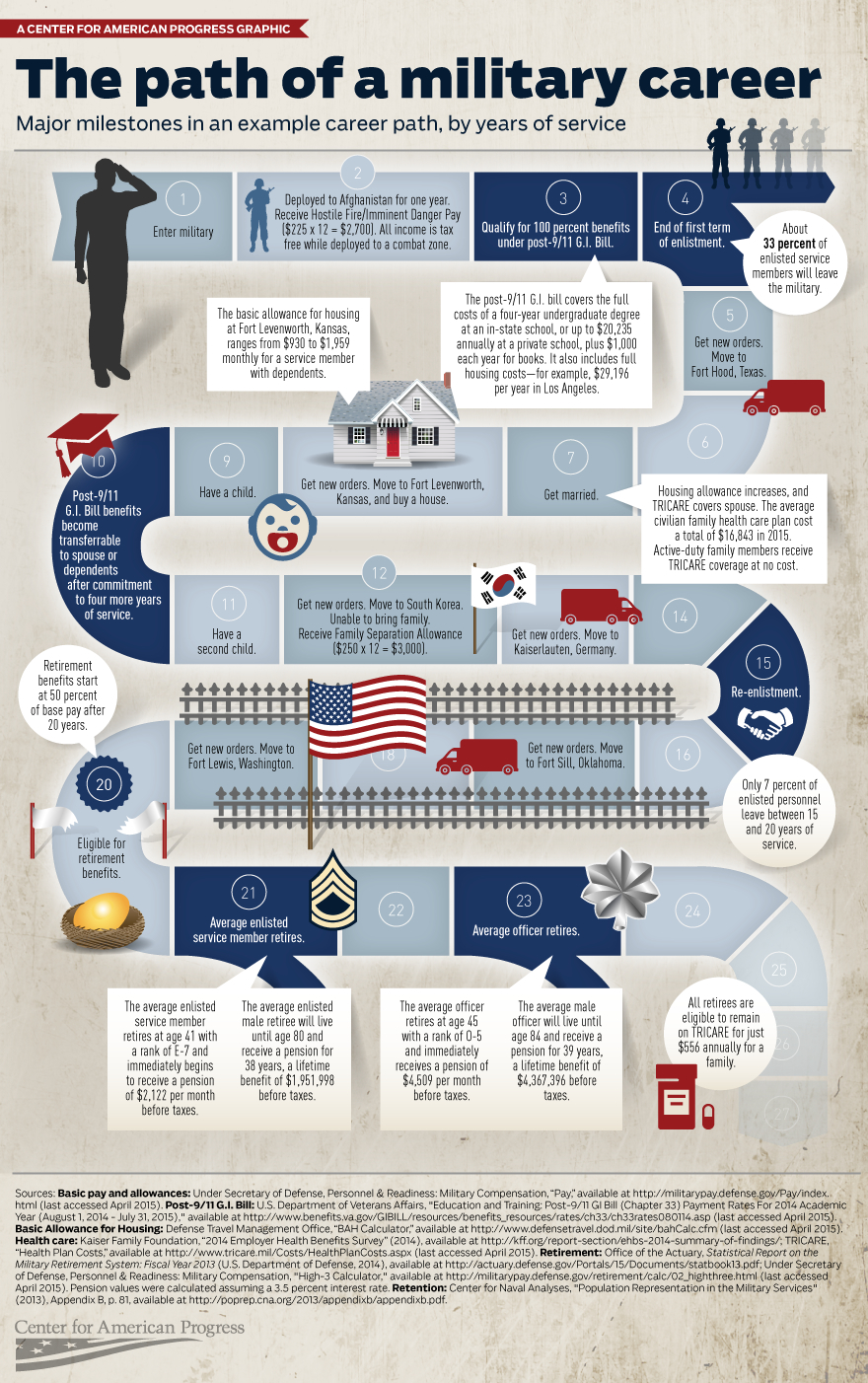Why Consider a Career in the Army

Vast Opportunity Spectrum: From combat roles to technical specialties, there are over 800 distinct job types across branches—ranging from infantry and intelligence to cyber, aviation, and healthcare
Clear Advancement Path: Enlisted personnel can rise through ranks with certified skills and training, while officers, typically holding a degree, lead teams and strategize.
Valuable Transferable Skills: Service cultivates leadership, discipline, critical thinking, teamwork, and technical expertise—highly prized in civilian career

🔍 Understanding Army Career Paths
1. Enlisted Roles vs. Officer Roles
Enlisted: Accessed after high school, through the ASVAB, BCT, and AIT. Roles like Infantry (11B), Cyber Ops (17C), or Combat Medic (68W) train you for direct technical or field tasks
Officers: Require a bachelor’s degree or ROTC path. They manage units, mentor, and shape strategy (e.g., Signal Officer, Intelligence, or Aviation)
2. Specialties & Codes
-
Each job has MOS codes (e.g. 17C = Cyber Operations Specialist, 15W = UAV Operator
-
Code structures are uniform across branches, making it easier to identify related fields and transfer skills.
-
📊 Career Examples & Civilian Demand
Army Field MOS Example Civilian Equivalent Cyber/IT 17C Cyber Ops Cybersecurity Analyst Intelligence 35M Intel Collector Data/Intel Analyst Combat Medicine 68W Combat Medic EMT or Registered Nurse Aviation 15W UAV Operator Drone Pilot or Tech Maintainer Engineering 12B Combat Engineer Civil Engineer or Technician These jobs not only have strong demand in the civilian sector but often come with certifications and experience facilitate smooth transition

-
Training, Education & Career Growth
Basic/Advanced Training: BCT (10 weeks), followed by AIT (4–40 weeks), tailored to each MOS.
Education Benefits: GI Bill covers college or vocational programs; many MOS offer apprenticeships or technical certification
Lifelong Learning & Promotions: Leadership, logistics, and advanced fields all have systematic training and promotion pipelines
Transitioning to Civilian Life
Transferable Skills: Leadership, problem-solving, discipline—vital in modern workplaces
Certification Advantage: Veterans often bring recognized credentials and soft skills valued in industries like IT, trades, healthcare .
Support Systems: Programs like SkillBridge and TAP offer internships, mentoring, and job-readiness training to ease civilian transition
🧭 Career Planning & Next Steps
To build a strong career in the Army:
Take the ASVAB – Determines eligible MOS and job paths.
Align goals – Choose roles that support long-term personal and professional objectives.
Use official tools – Recruiter portals help match interests with roles, detail bonuses, and career paths.
Maximize benefits – Leverage GI Bill, apprenticeships, and certifications.
Plan for transition – Engage early with SkillBridge, TAP, and veteran education options.


